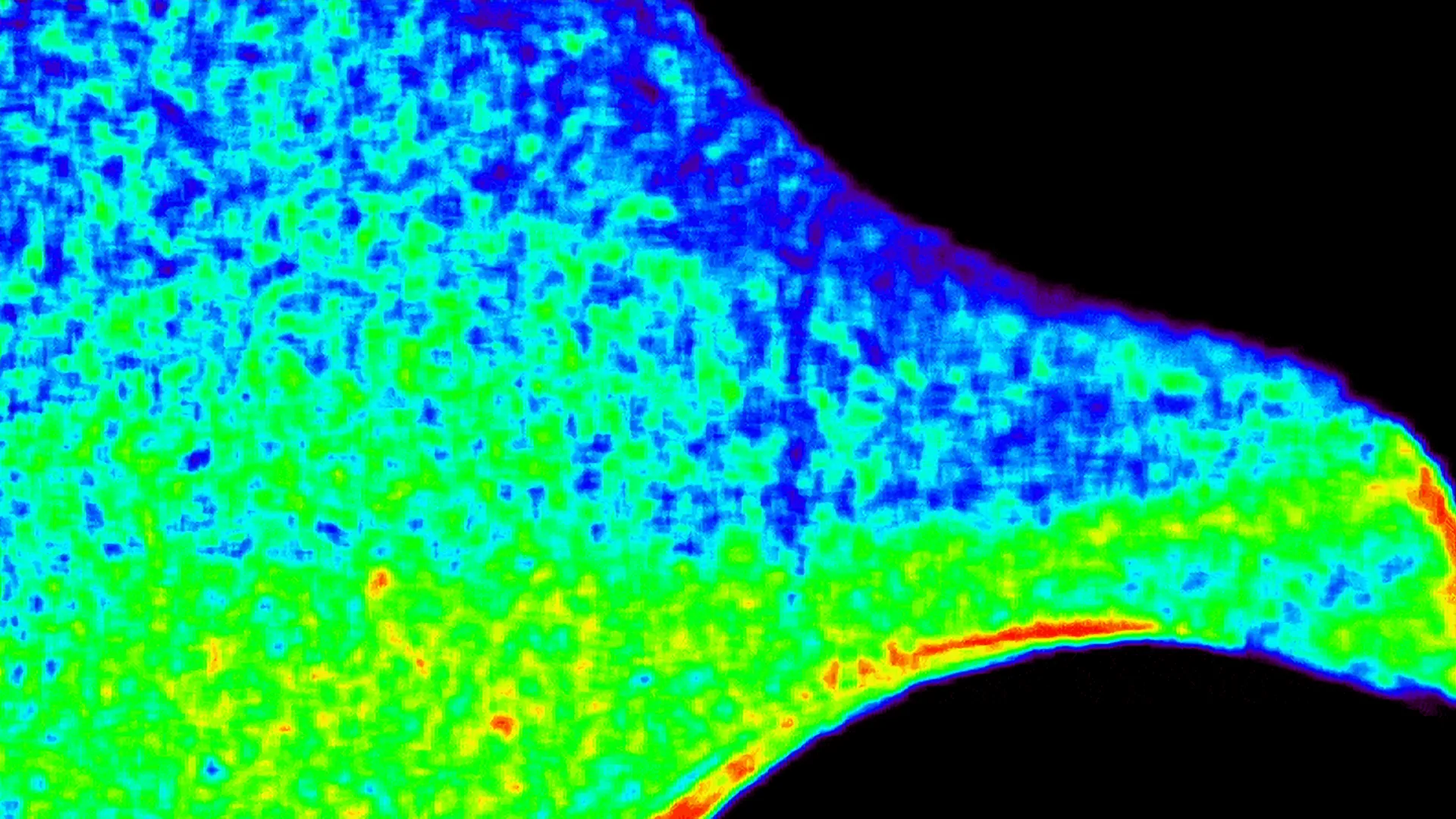Now Reading: Uncovering Hidden Dangers in the Swamps Beyond Alligators
-
01
Uncovering Hidden Dangers in the Swamps Beyond Alligators
Uncovering Hidden Dangers in the Swamps Beyond Alligators

Speedy Summary
- Researchers from the University of georgia’s Odum School of Ecology and Marine Extension studied mercury levels in alligators across three locations: Okefenokee Swamp, Jekyll Island, and Yawkey Wildlife Center.
- Mercury concentrations were substantially higher in the Okefenokee Swamp-up to eight times more than other sites.
- Mercury is a neurotoxin that accumulates through the food web and poses risks to organisms feeding in contaminated ecosystems.
- Large,older alligators exhibited higher mercury levels due to increased exposure over time and consumption of larger prey already contaminated with mercury.
- hatchlings inherited high mercury levels via reproductive transfer from mothers’ egg yolks.
- The research highlights potential health concerns for humans consuming fish or game from these waters,and also neurological and reproductive issues for affected wildlife species.
- Researchers emphasized further studies are needed to trace sources of mercury contamination and explore its broader ecological impacts.
Indian opinion Analysis
While this study primarily focuses on ecosystems in Georgia and South Carolina, its findings underscore global concerns about industrial pollution affecting water systems-a shared issue for countries like India with important river networks near urban or industrial activity. Mercury accumulation presents a cautionary tale; apex predators act as biological indicators, revealing hidden threats moving through food webs that ultimately affect human populations reliant on aquatic resources.
For India’s policymakers, this highlights the importance of strengthening environmental monitoring systems in rivers prone to industrial runoff or mining residues (e.g., Ganges basin). Adopting stricter standards for toxic discharge prevention could mitigate similar risks identified here-protecting both biodiversity hotspots and public health downstream.

























